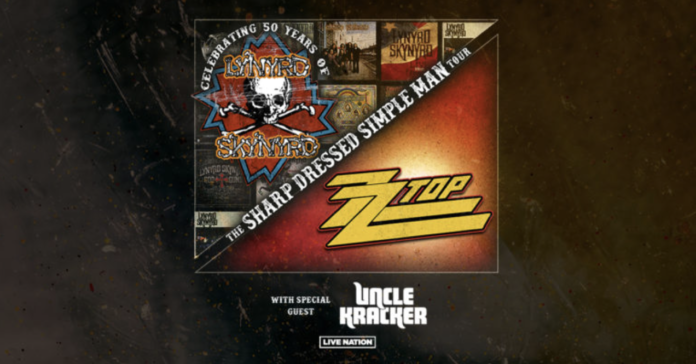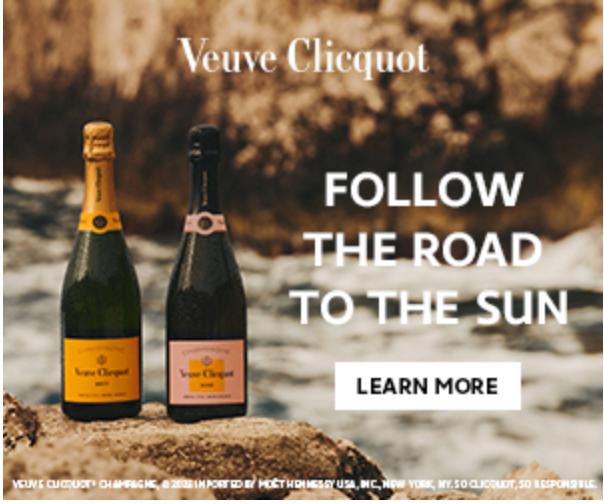American classic rock ZZ Top and Lynyrd Skynyrd Co-headline tour ‘The Sharp Dressed Simple Man’ visit Hersheypark Stadium Sat Sep 9
the titans of American classic rock ZZ Top and Lynyrd Skynyrd have announced their first co-headlining tour – The Sharp Dressed Simple Man Tour – taking over twenty-two cities in North America this summer. Produced by Live Nation, the tour kicks off on Friday, July 21 at iTHINK Financial Amphitheatre in West Palm Beach, FL, and continues with stops in Fort Worth, Phoenix, Chicago, and more before wrapping up in Camden, NJ at Freedom Mortgage Pavilion on Sunday, September 17.
TICKETS: Tickets go on sale starting Friday, December 16 at 10am local time on LiveNation.com
LYNYRD SKYNYRD & ZZ TOP: THE SHARP DRESSED SIMPLE MAN TOUR DATES:
Fri Jul 21 – West Palm Beach, FL – iTHINK Financial Amphitheatre
Sun Jul 23 – Alpharetta, GA – Ameris Bank Amphitheatre
Fri Jul 28 – Rogers, AR – Walmart AMP
Sat Jul 29 – Fort Worth, TX – Dickies Arena
Sun Jul 30 – Woodlands, TX – The Cynthia Woods Mitchell Pavilion presented by Huntsman
Mon Aug 7 – Denver, CO – Fiddler’s Green Amphitheatre*
Thu Aug 10 – Mountain View, CA – Shoreline Amphitheatre
Fri Aug 11 – Wheatland, CA – Toyota Amphitheatre
Sun Aug 13 – Phoenix, AZ – Ak-Chin Pavilion
Thu Aug 17 – Maryland Heights, MO – Hollywood Casino Amphitheatre – St. Louis, MO
Sat Aug 19 – Tinley Park, IL – Hollywood Casino Amphitheatre – Chicago, IL
Sun Aug 20 – Noblesville, IN – Ruoff Music Center
Fri Aug 25 – Cincinnati, OH – Riverbend Music Center
Sat Aug 26 – Clarkston, MI – Pine Knob Music Theatre
Sun Aug 27 – Toronto, ON – Budweiser Stage
Fri Sep 01 – Charlotte, NC – PNC Music Pavilion
Sat Sep 02 – Columbia, MD – Merriweather Post Pavilion
Sun Sep 03 – Burgettstown, PA – The Pavilion at Star Lake
Fri Sep 08 – Saratoga Springs, NY – Saratoga Performing Arts Center
Sat Sep 09 – Hershey, PA – Hersheypark Stadium
Sun Sep 10 – Holmdel, NJ – PNC Bank Arts Center
Fri Sep 15 – Raleigh, NC – Coastal Credit Union Music Park at Walnut Creek
Sun Sep 17 – Camden, NJ – Freedom Mortgage Pavilion
*Not A Live Nation Date
About Lynyrd Skynyrd:
As Lynyrd Skynyrd approaches the 50th anniversary of the band’s critically acclaimed debut album ‘Pronounced ‘Lĕh-‘nérd ‘Skin-‘nérd’ in 2023, they resonate as deeply with their multi-generational fan base today as when they first emerged out of Jacksonville, Florida in 1973.
Few ensembles have had the deep impact in creating a lifestyle as Skynyrd has. The band travels forward with a primary mission of celebrating a legacy that honors all whom have had a resonating contribution to the lives of hundreds of millions of fans globally.
Former members Ronnie Van Zant, Allen Collins, Steve Gaines, Ed King, Billy Powell, Bob Burns, Leon Wilkeson and Hughie Thomasson alongside others will forever remain significant contributors to this indelible repertoire and the band’s colorful history.
Today, Lynyrd Skynyrd rocks on with a current line-up featuring Johnny Van Zant, Rickey Medlocke, Mark “Sparky” Matejka, Michael Cartellone, Keith Christopher, Peter Keys, Carol Chase and Stacy Michelle.
Gary Rossington continues to have a significant presence and creative influence with the band, while making select appearances on the road.



